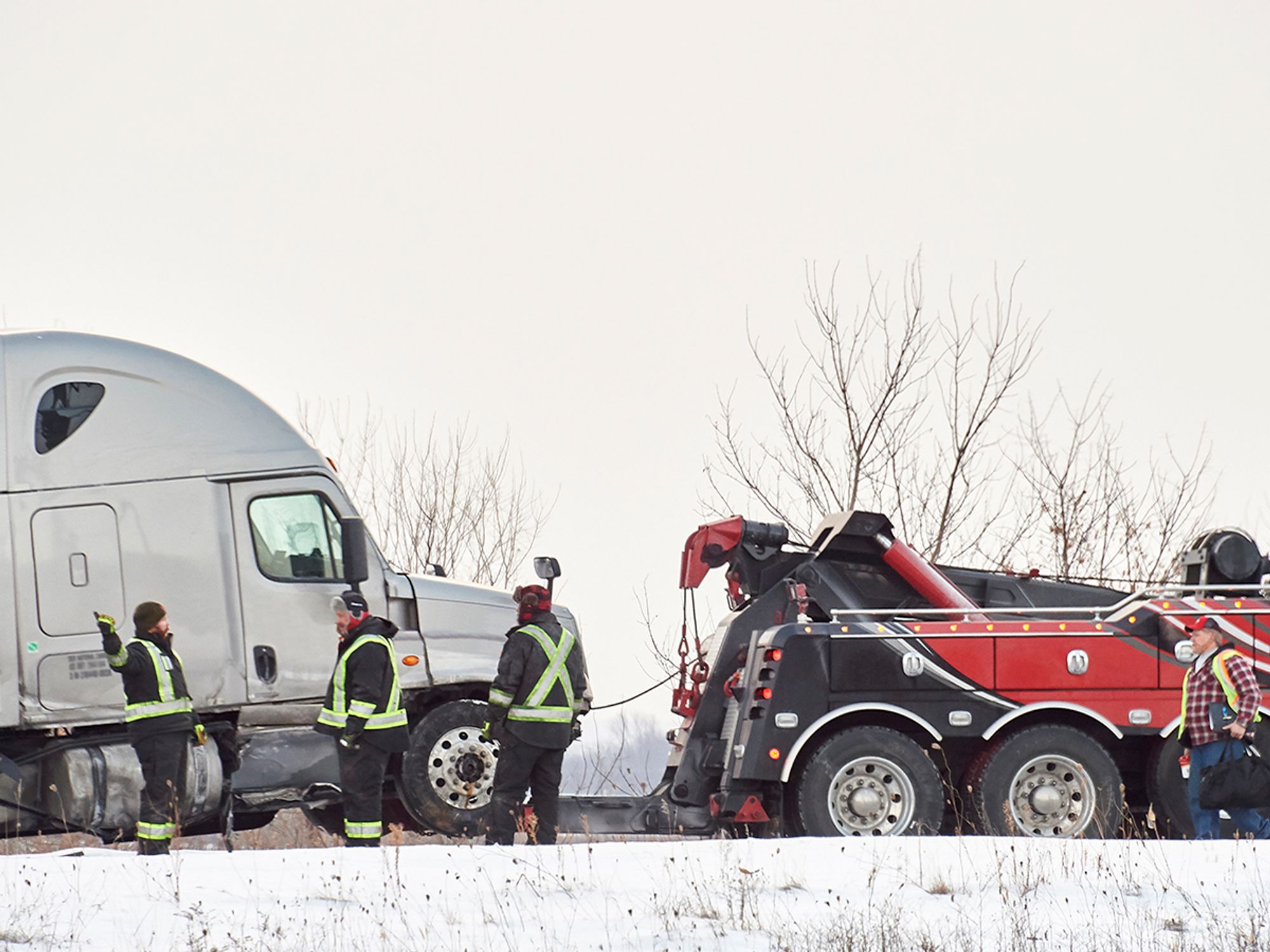Crash Indicator BASIC

- The Crash Indicator BASIC measures the consequence of a behavior and may indicate a problem that warrants intervention.
Although six of the seven Behavior Analysis and Safety Improvement Categories (BASICs) are used to measure a carrier or driver’s behaviors, the Crash Indicator BASIC is not specifically a behavior. Rather, it is the consequence of behavior and may indicate a problem that warrants intervention.
The Crash Indicator BASIC is a measure of a carrier or driver’s relative tendency to be involved in commercial motor vehicle crashes. Unlike the other BASICs, there are no specific regulations or violations associated with the Crash Indicator BASIC.
Performance on the Crash Indicator BASIC is measured using relevant state-reported crash data and carrier size. It’s important to note that all crashes in the Safety Measurement System (SMS) will affect a carrier or driver’s score in the Crash Indicator BASIC — the grading process does not take into consideration whether a crash was preventable or not UNLESS the carrier or driver has successfully contested the preventability of a crash using the DataQs system. As the agency writes on its website:
“The structure of the ... SMS is such that the motor carrier’s role in the crash (i.e. preventability) is not automatically determined or considered. In fact, recordable crash reports that States submit to the Federal Motor Carrier Safety Administration (FMCSA) [do] not include the motor carrier’s role in the crash. Consequently, motor carriers are identified for possible intervention based on recordable crashes without consideration of the motor carrier’s role. Why does FMCSA take this approach? This approach is taken because data analysis has historically shown that motor carriers who are involved in crashes, regardless of the motor carrier’s role, are likely to be involved in more future crashes than carriers who are not. Put simply, past crashes are a good predictor of future crashes.”
Crashes used for this measure include only reportable crashes. Reportable crashes are those that result in one or more:
- Fatalities,
- Injuries requiring immediate medical treatment away from the scene, or
- Vehicles being towed from the scene.
